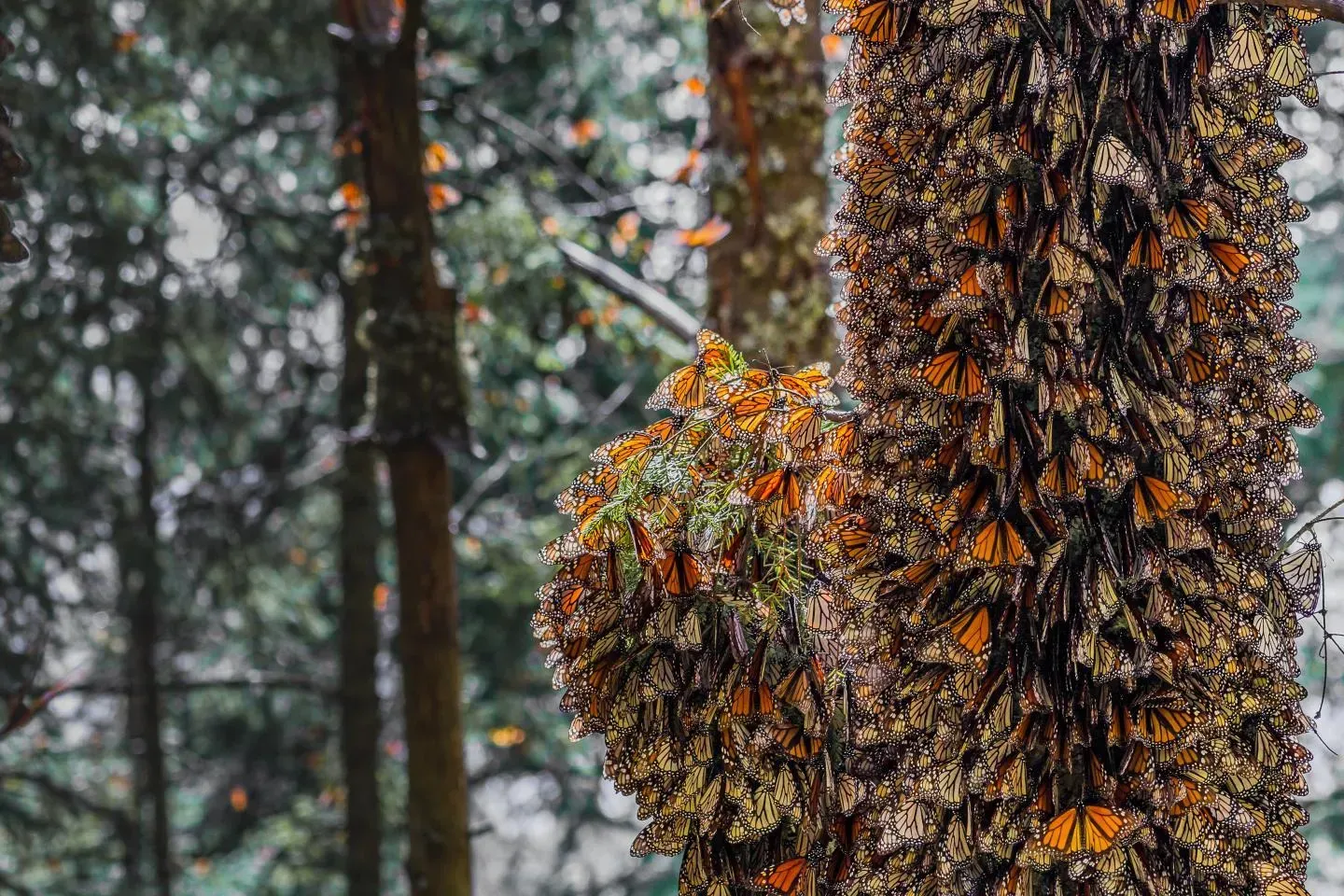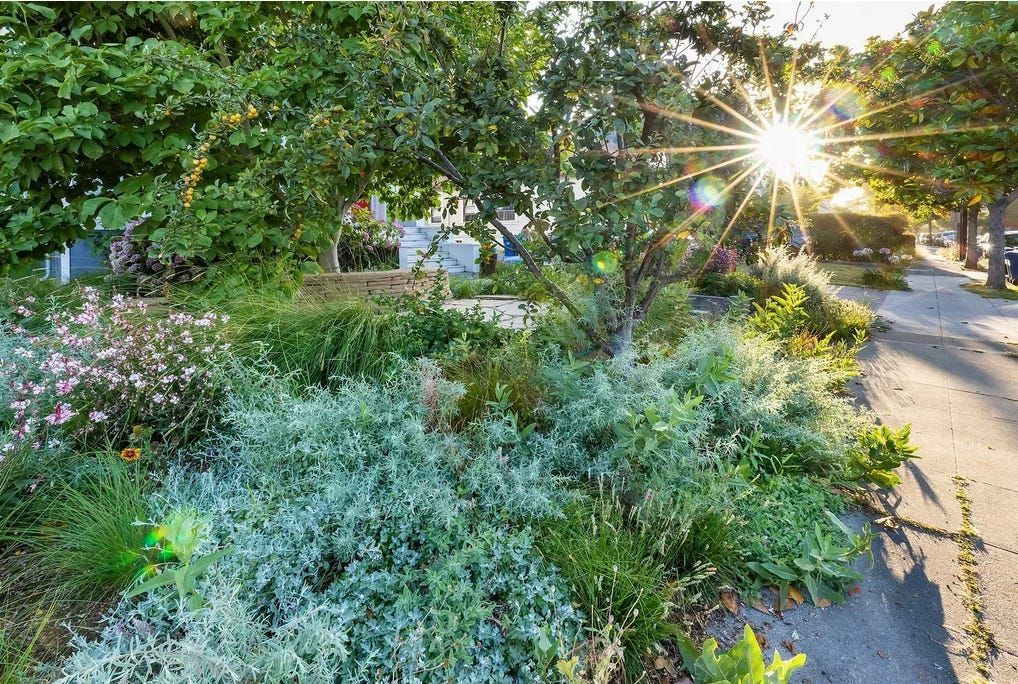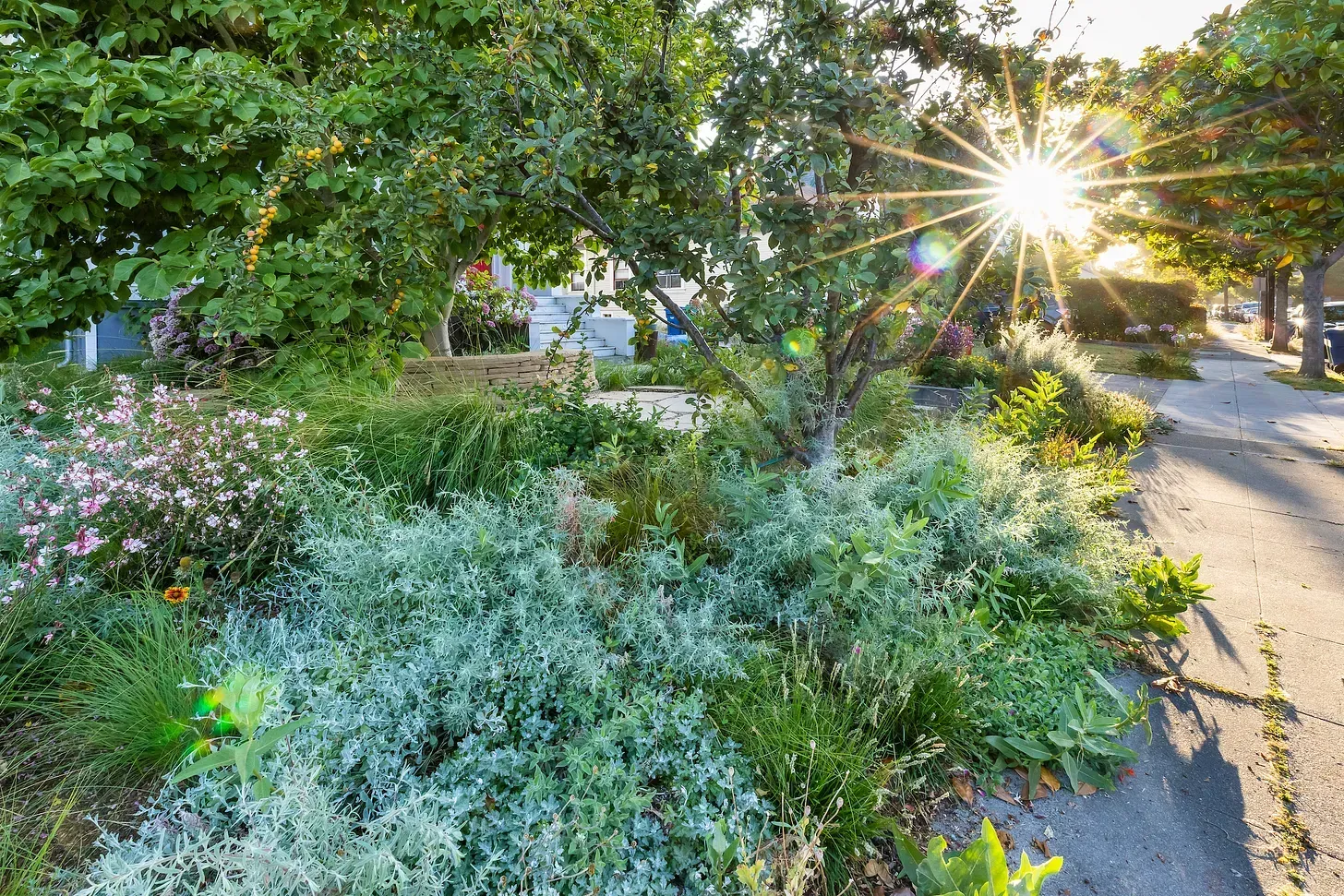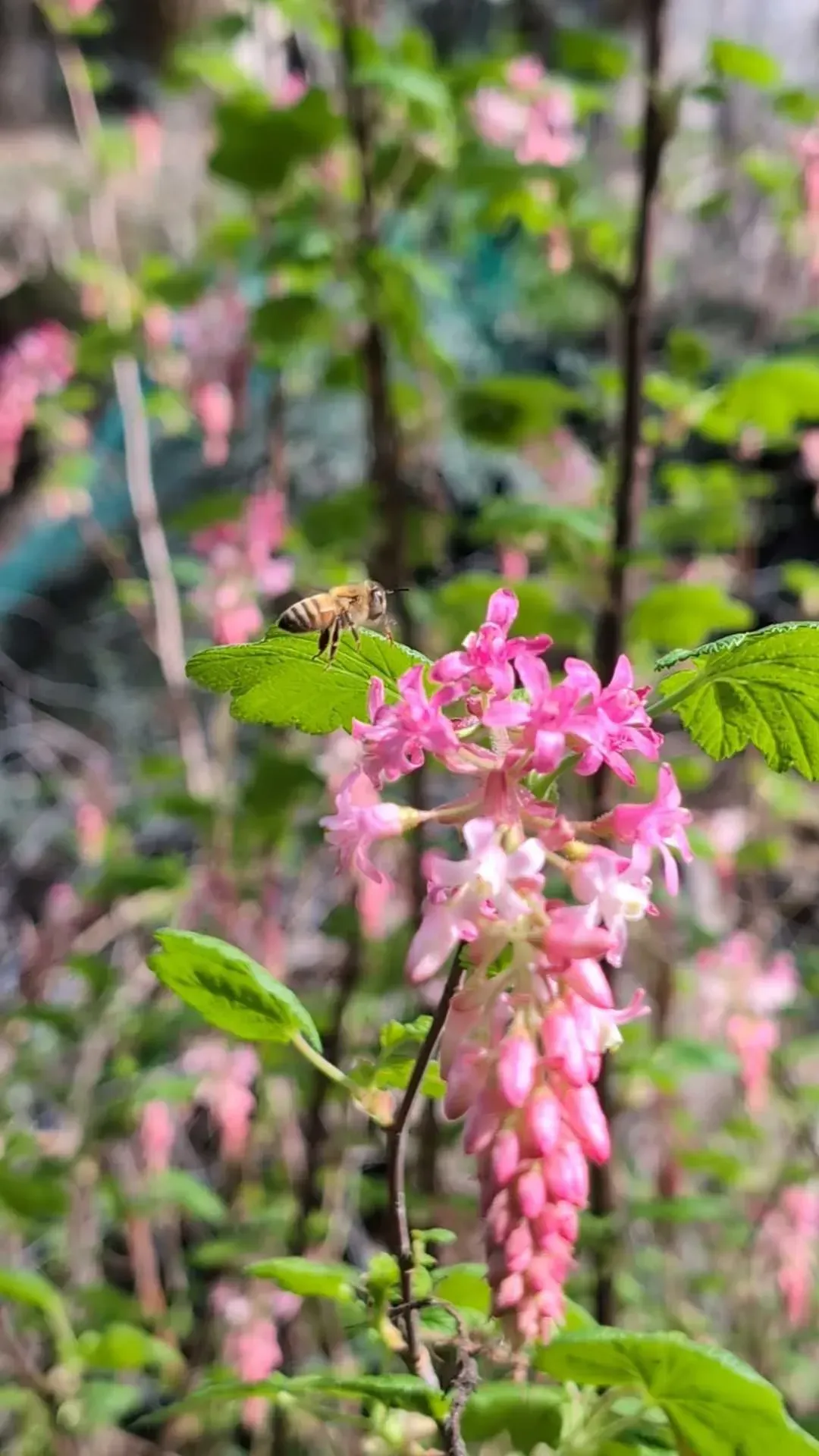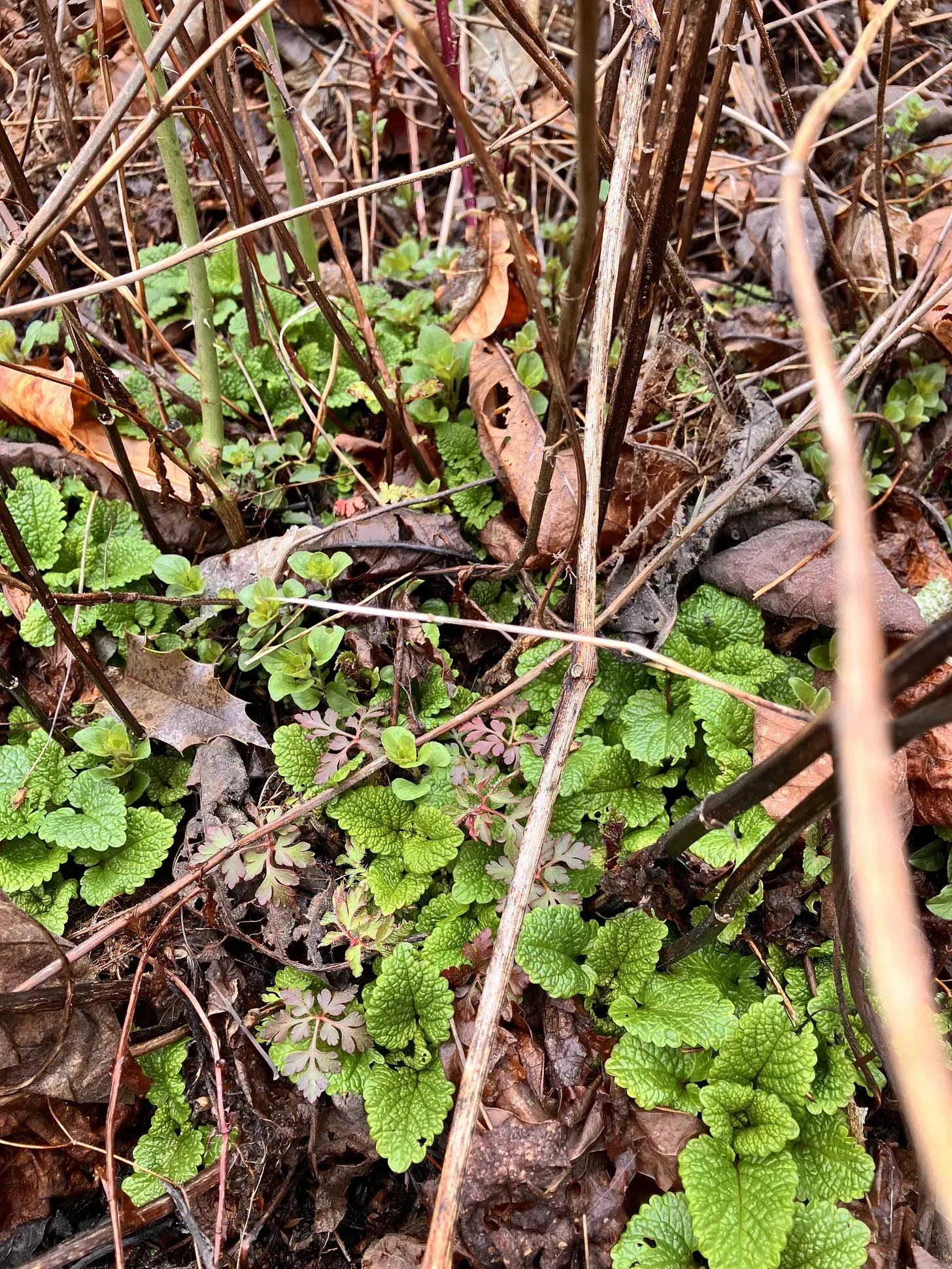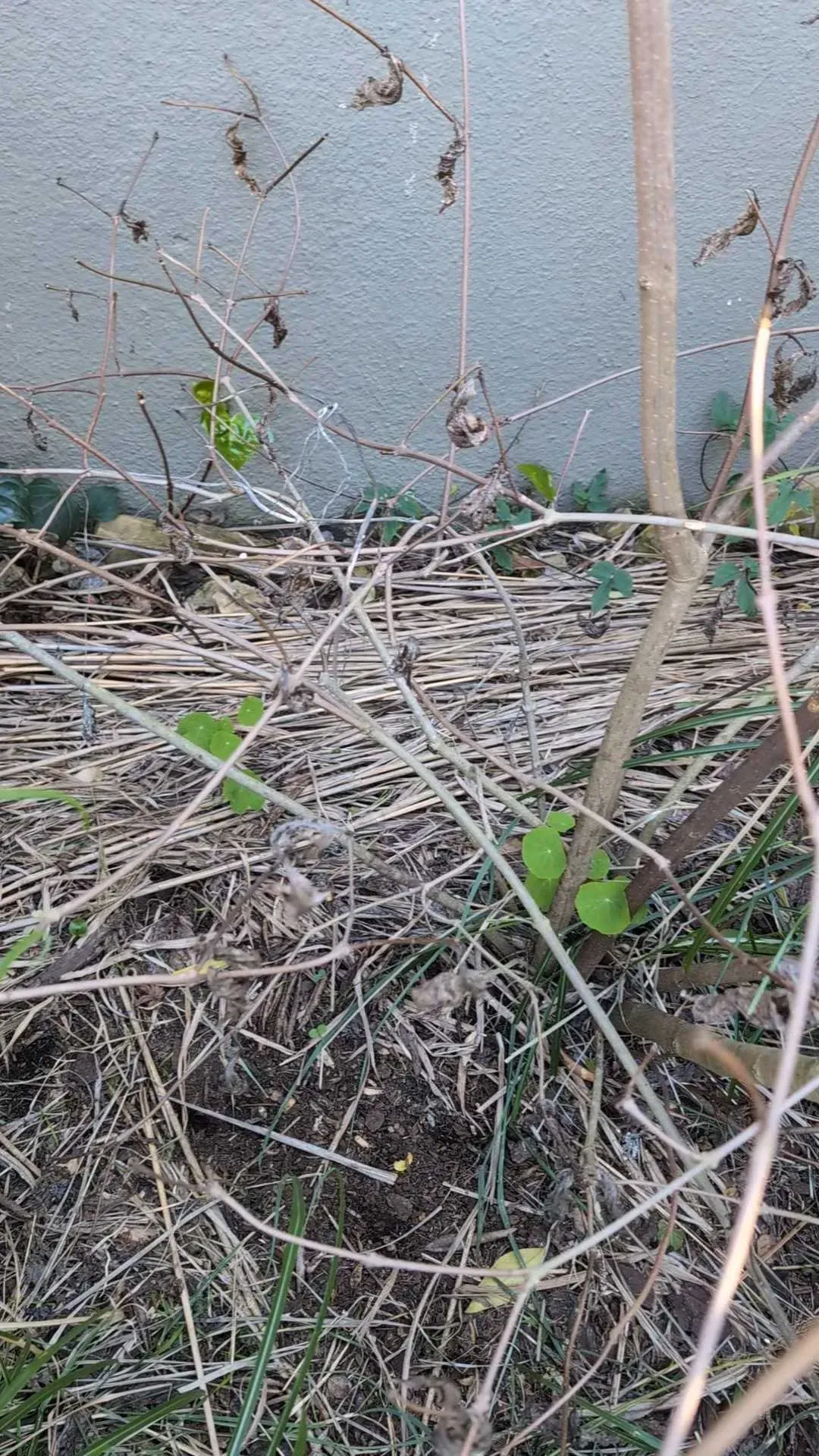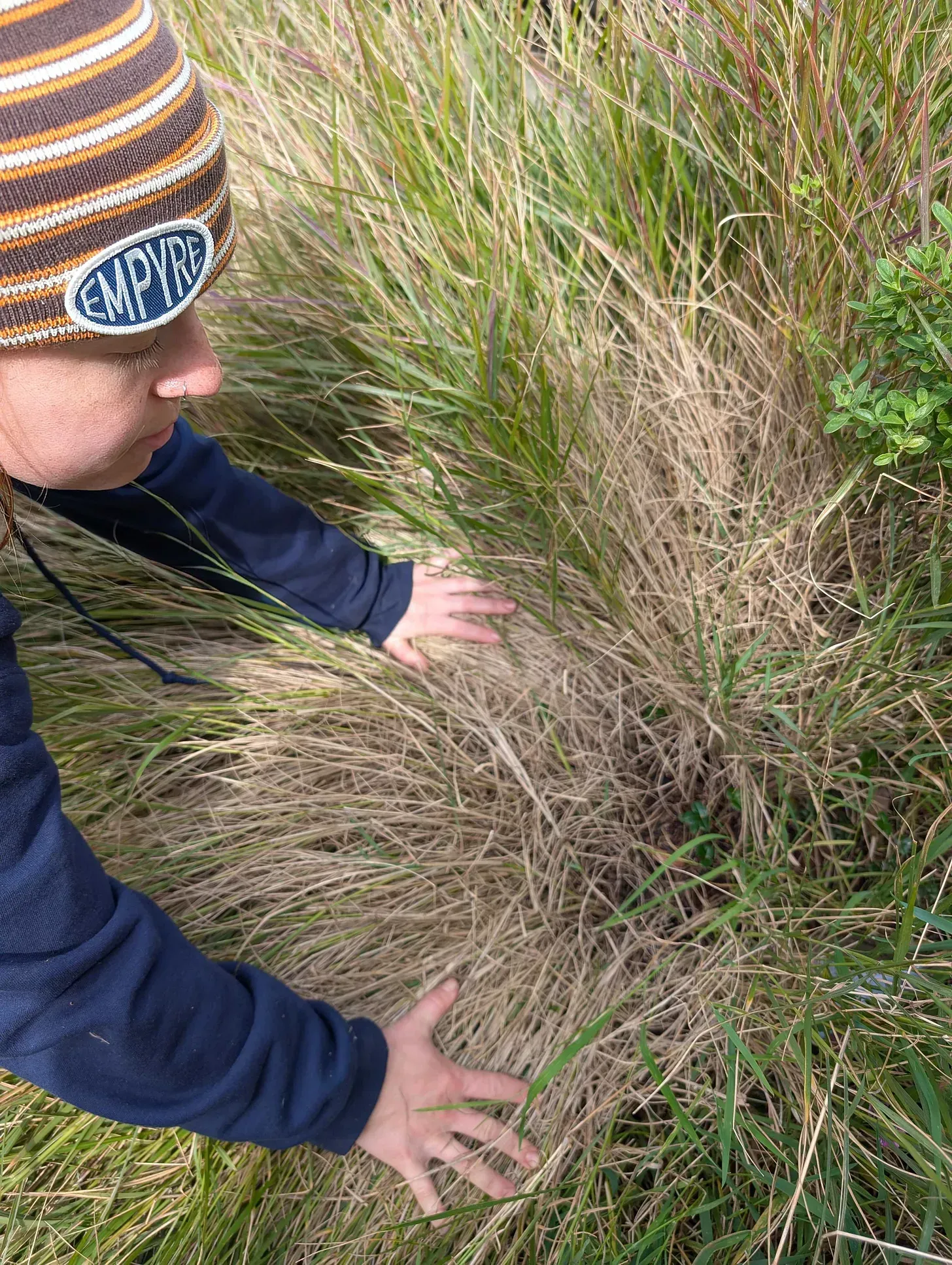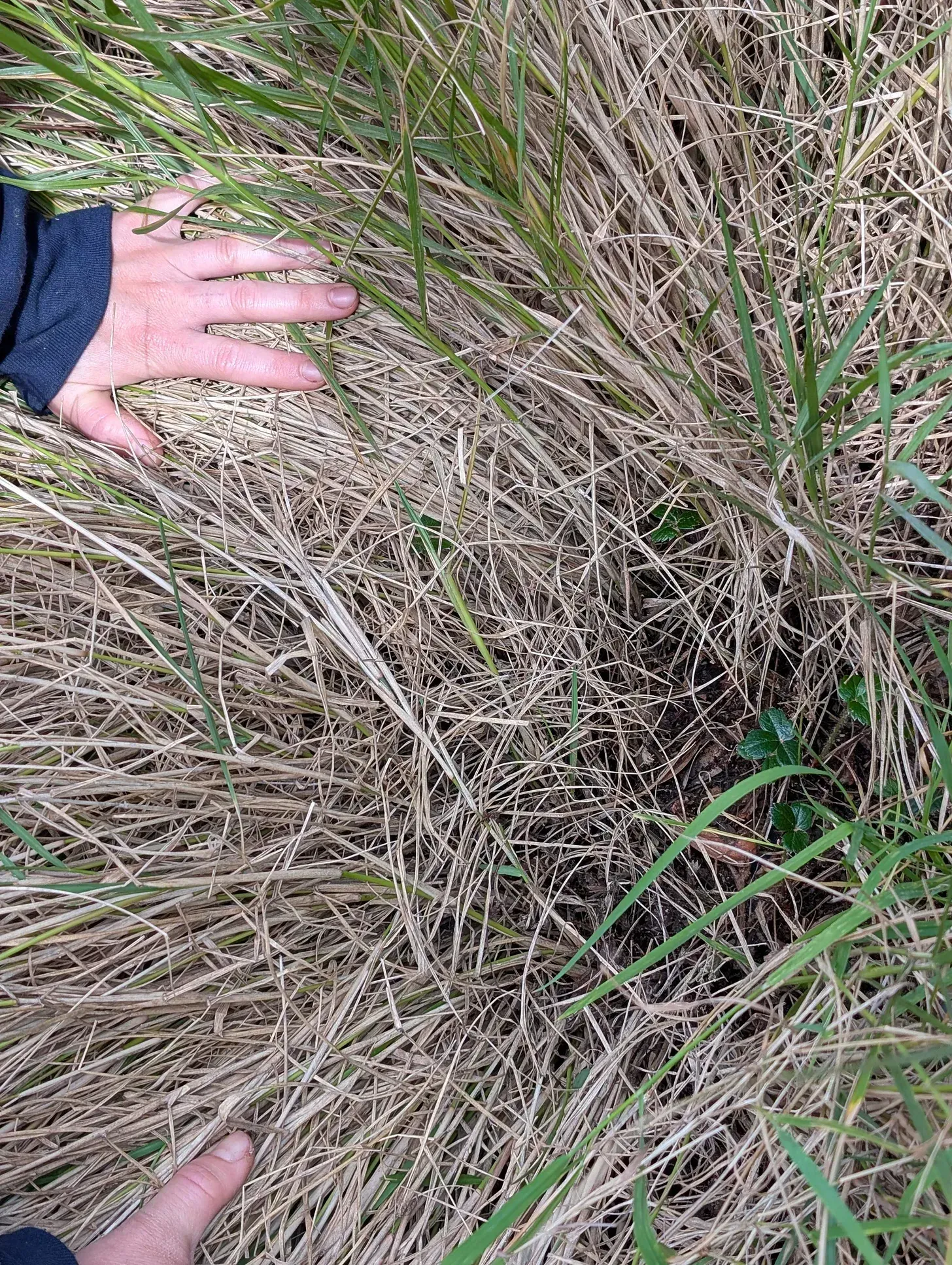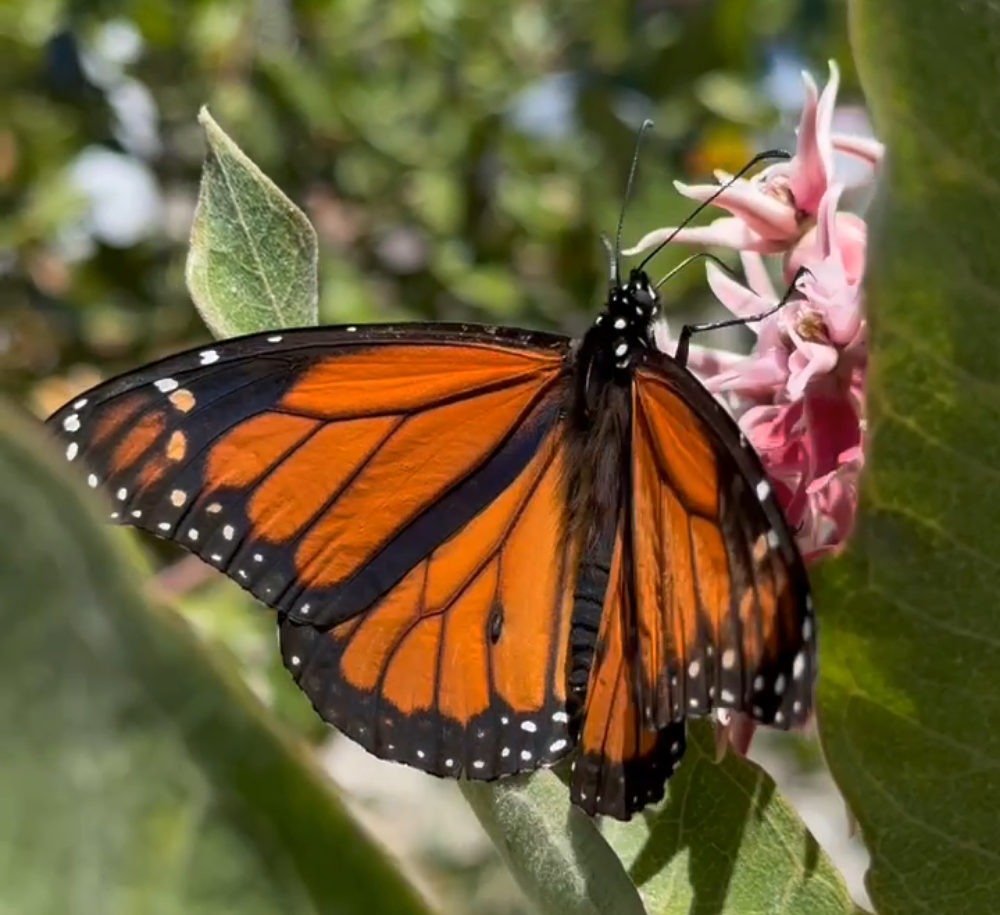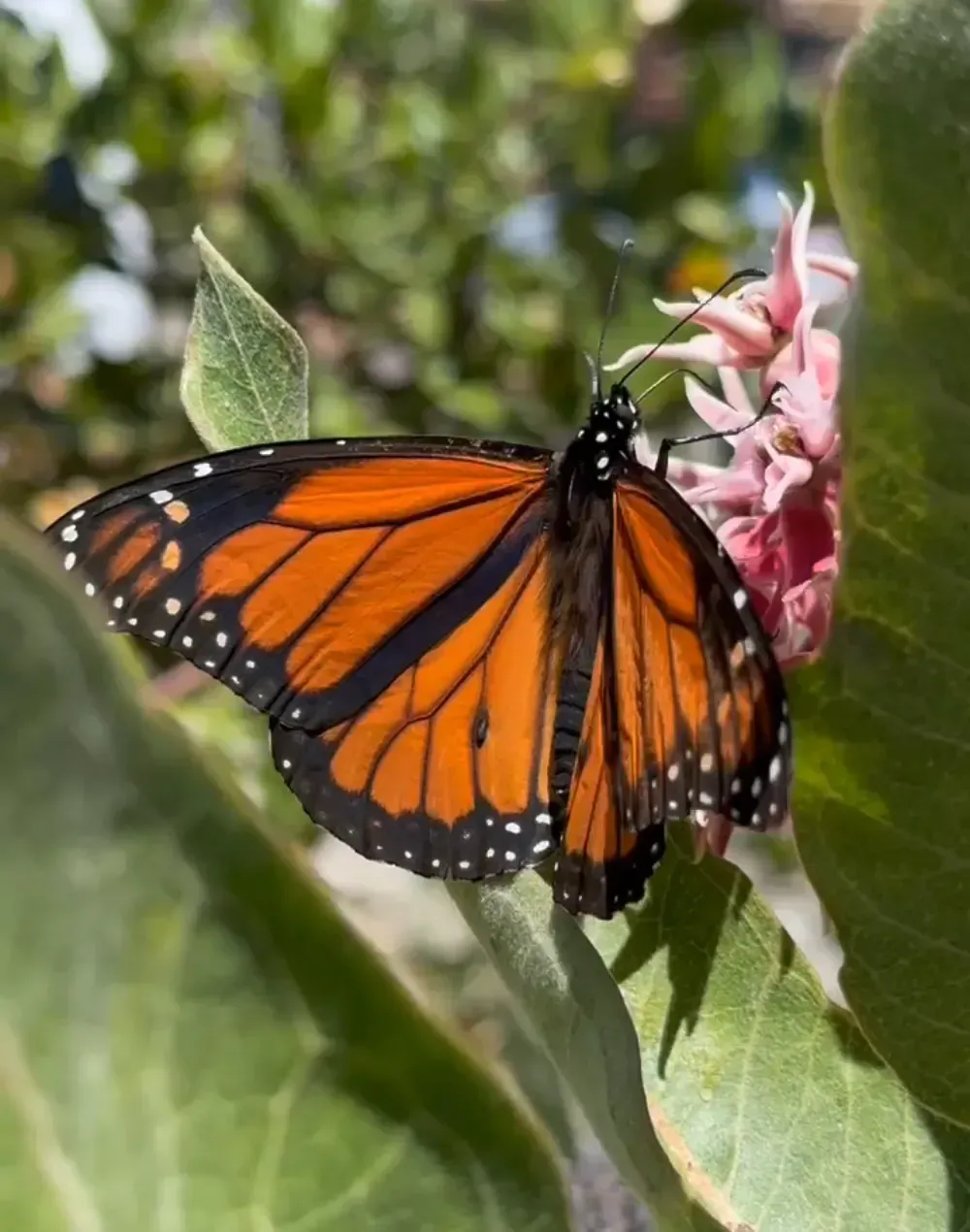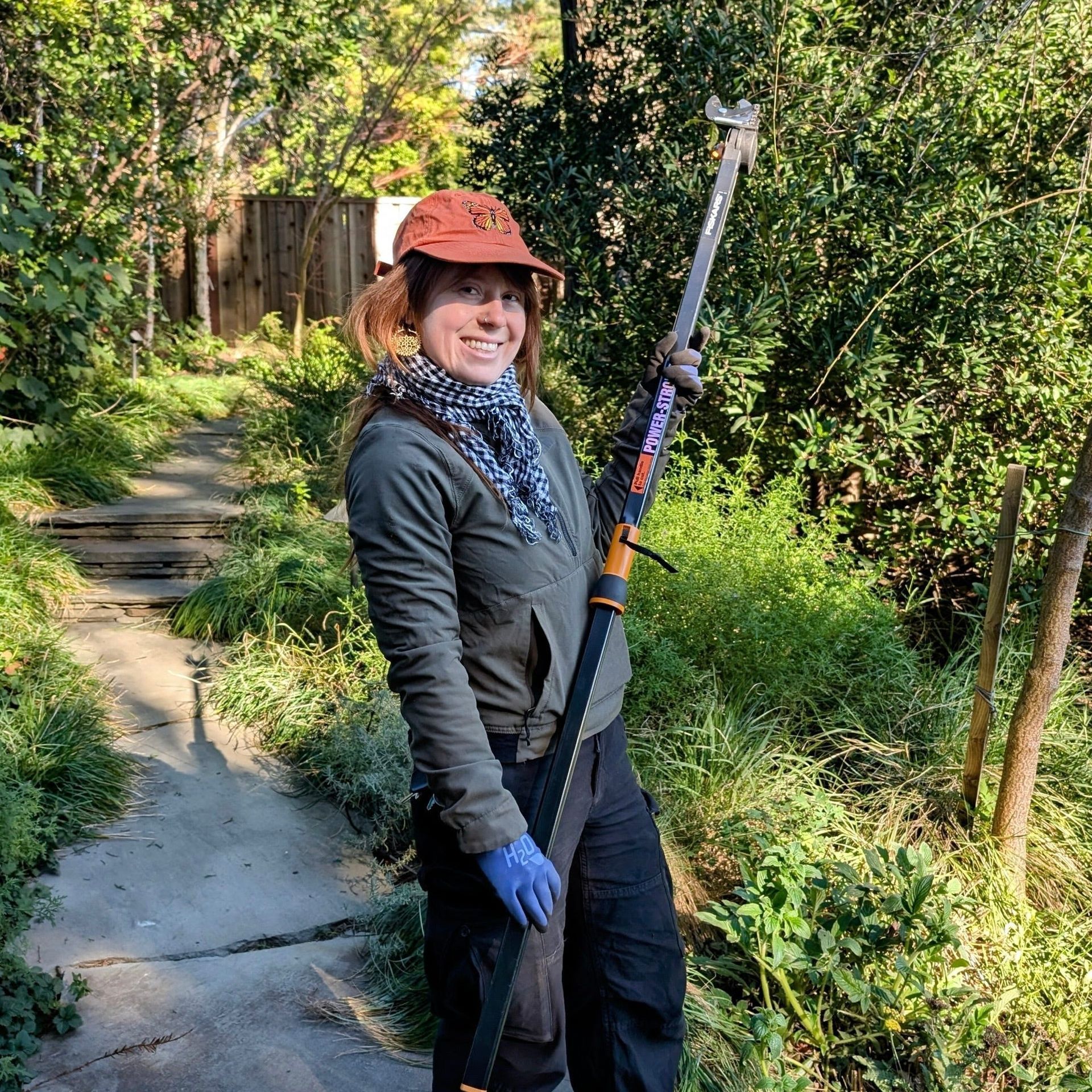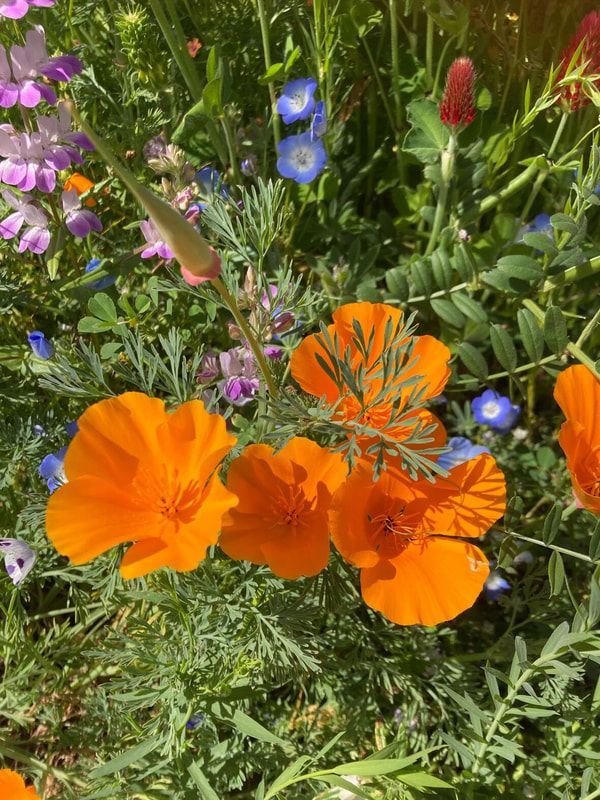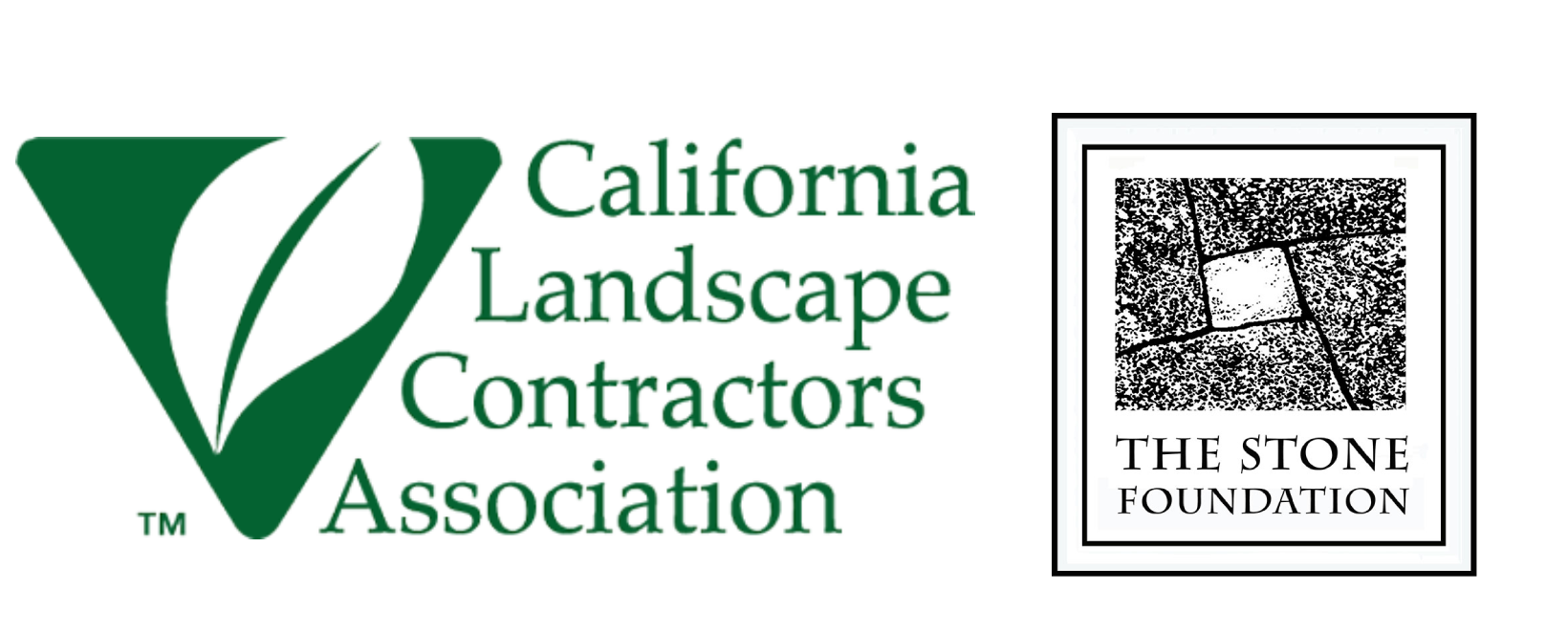Spring Cleaning For Habitat
Spring is an amazing time of year to witness rebirth and transformation in the garden. Buds are swelling, flowers are beginning to bloom and butterflies are starting the procession of early, mid and late seasonal emergence into the garden! All of the subtle and beautiful change that happens day to day draws us gardeners out into the garden to witness the fullness of spring. During March, we see a chorus of changes in the garden, each element playing in harmony. Paying close attention to how your garden is changing and developing during this season can help you to become a better guardian for habitat protection.
In Mariposa’s newsletters and articles, we discuss that in order to protect habitat in the winter garden, one must be very careful. Many grown pollinators and butterflies, as well as their dormant eggs gather protection under the leaves and in the dried stems of flowering perennials such as Echinacea (purple coneflower) and Rudbeckia (black eyed Susan).
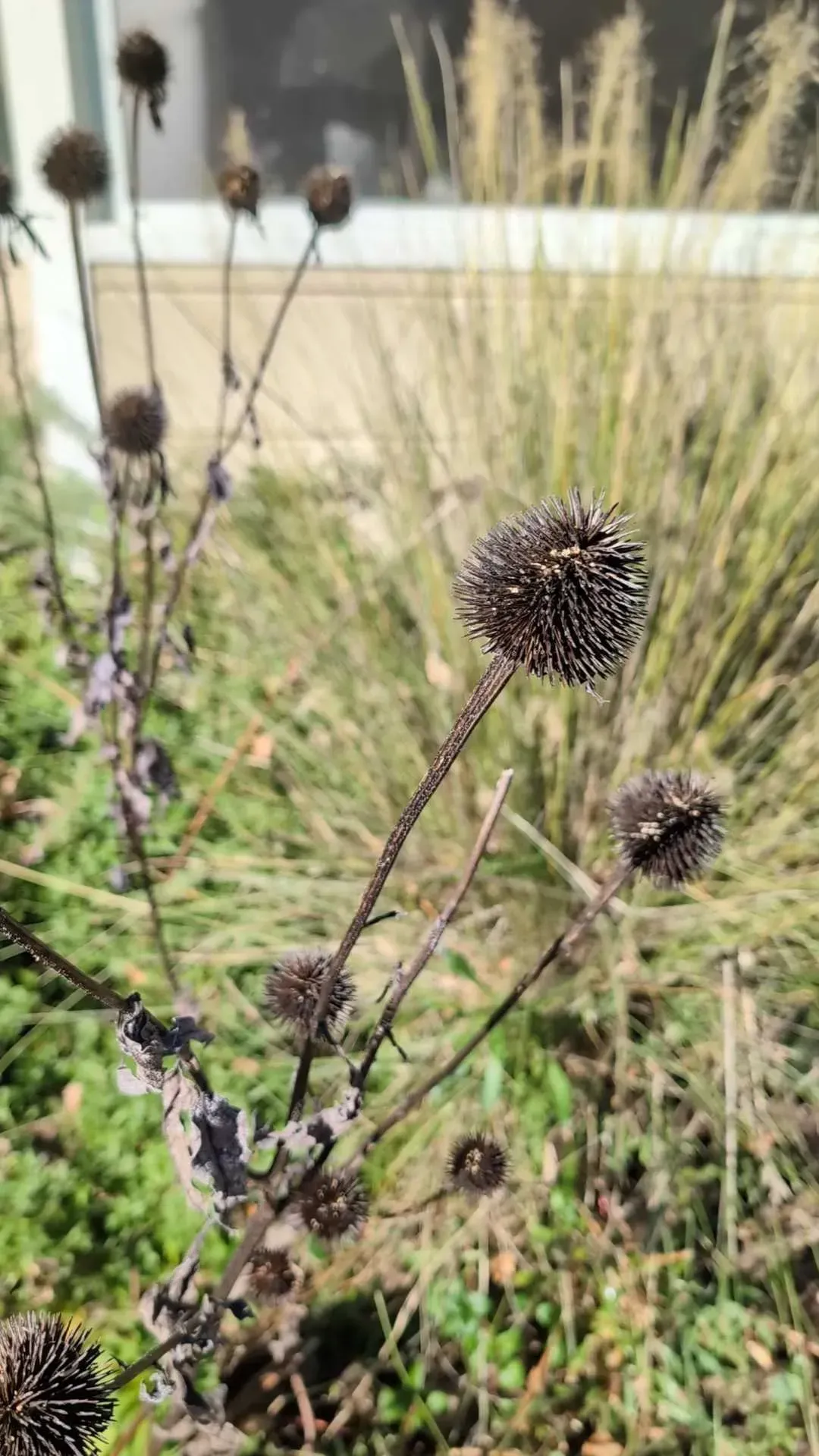
When we allow the garden to complete its natural cycles, we are rewarded with more beautiful butterflies, pollinators and birds. Each successive year that we practice habitat gardening, we are able to increase pollinator numbers and diversity in our gardens.
Once March comes along, we need to watch the garden for signs of growth and signs of life. Here, in the Bay Area, we are lucky to have mild winters, where many plants will still grow and bloom through the winter.
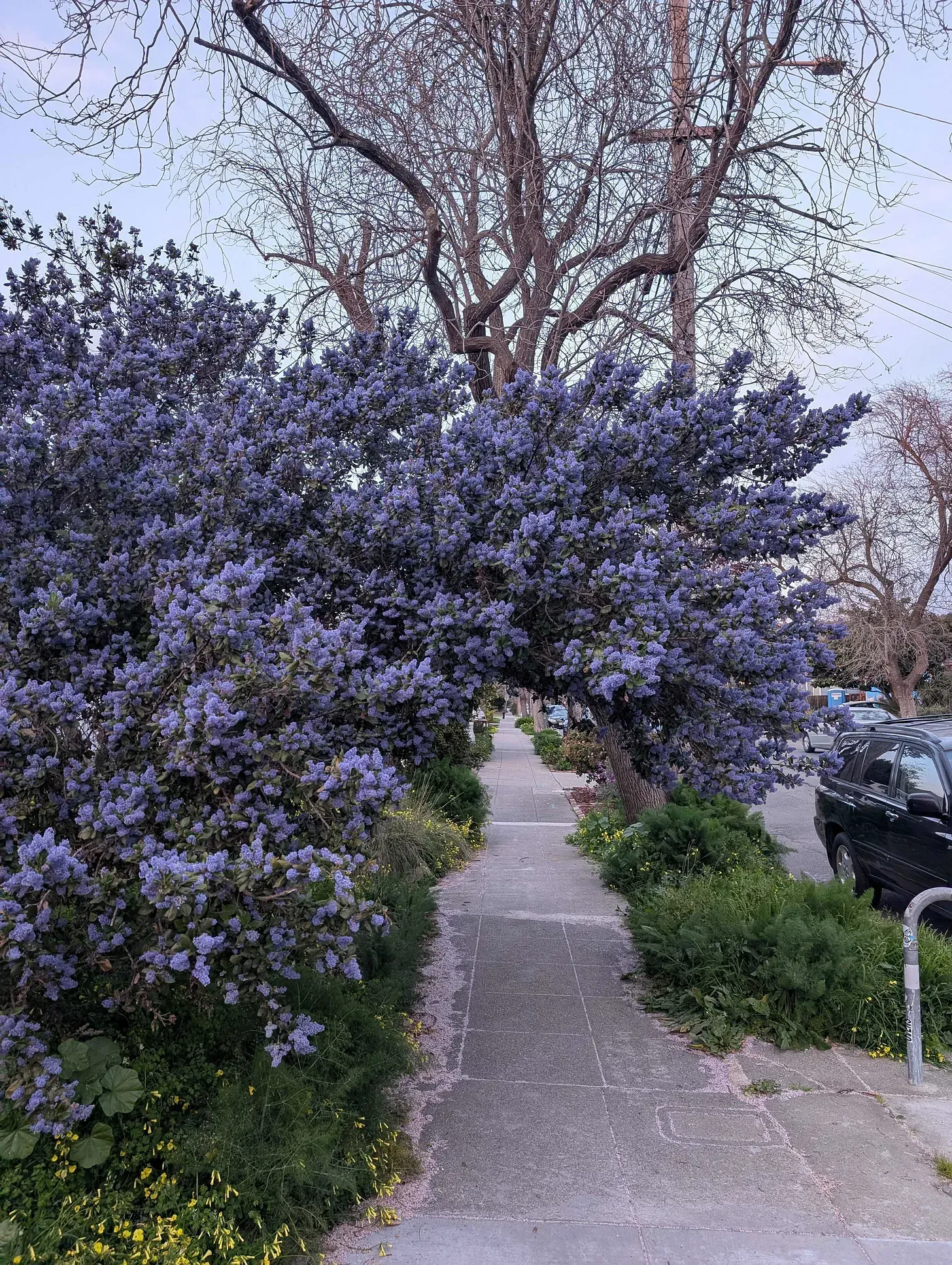
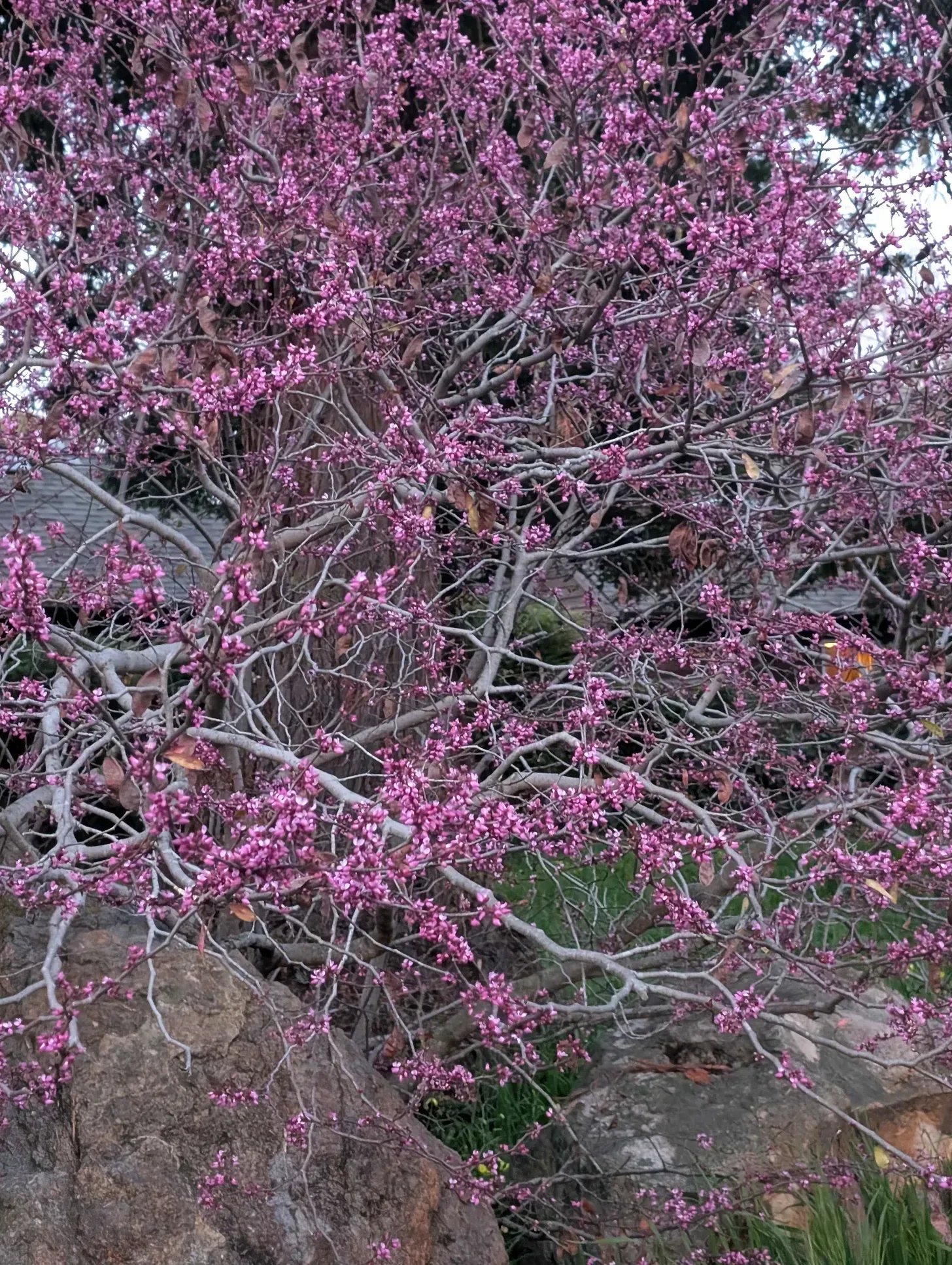
When we allow the garden to complete its natural cycles, we are rewarded with more beautiful butterflies, pollinators and birds. Each successive year that we practice habitat gardening, we are able to increase pollinator numbers and diversity in our gardens.
Once March comes along, we need to watch the garden for signs of growth and signs of life. Here, in the Bay Area, we are lucky to have mild winters, where many plants will still grow and bloom through the winter.
As habitat gardeners, we like to take the extra precaution of leaving the cut stems in the garden when we do this cutting back. Either next to the plant from where they were cut, or into a brush pile that is hidden behind the taller plants. This allows any remaining pollinators seeking shelter to emerge. The brush piles in the back corners of the garden are typically hidden, so we allow them to stay and add more clippings to them over time. This creates a nice rich pile for an array of decomposers, which are also nutritious bird food. All of this garden decomposing activity contributes to beneficial microbial growth in the soil, which in turn will make your plants healthier and happier.
HABITAT PRO TIP #1
As long as stem clippings are out of sight, they will not take away from the beauty of the garden. However, beauty is in the eye of the beholder. As the brush pile decomposes, it provides food for the decomposers such as beetles and millipedes, which are great food for birds.
So the circle of life continues.
This is the plant telling you it is finally time to trim it back. Many plants will show this growth, including hydrangeas and CA native shrubs such as Calycanthus and Ceanothus produce blooms from the woody stems. Always look up woody shrubs before you prune to see if it blooms on second year wood, If it does, you may be cutting back flower buds.
HABITAT PRO TIP #2
Continue to keep leaf litter in place. The longer you keep the leaf litter in place, the more pollinators will emerge from their hiding spots. It is also important to be mindful of the weather and the forecast for rain. When the temps are consistently below 65 degrees and the rains are still coming, it is probably best to wait to clean up leaves. Many overwintering pollinators will continue to take cover in those circumstances. Once the temps go above 70 degrees, and the seasonal rains are subsiding, it is safer to clean up the leaves and most of the rest of the garden
HABITAT PRO TIP #3
Grasses!!! Ornamental and Native grasses are crucial host plants to many pollinators, including Skipper butterflies. Utilizing the same technique of waiting to see sprouting come from the base of the grasses is a good sign of when it is time to cut them back to the ground. Giving space for the new growth will keep your grass healthy and thriving.
HABITAT PRO TIP #4
Apply organic fertilizers. At least 2-3 times per year, adding a sprinkling of organic fertilizers will help your garden soil to stay full of beneficial microbial activity. Fertilizers, such as from the company Down to Earth, will break down in the soil slowly, over time, adding important nutrients for your plants to be strong and healthy. Getting formulas that are specific to the type of planting you have in a particular section of the garden is helpful. Such as for grassy meadow areas, or vegetable areas, and so on. It takes several weeks for the material in the fertilizer to break down and be available for the microbes in the soil, so we like to do it in the spring, late summer and late fall.
Spring is a magical time of year. If we can patiently keep our garden inhabitants protected and the plants fed and healthy, we can count on a lively and robust spring, summer and fall!

